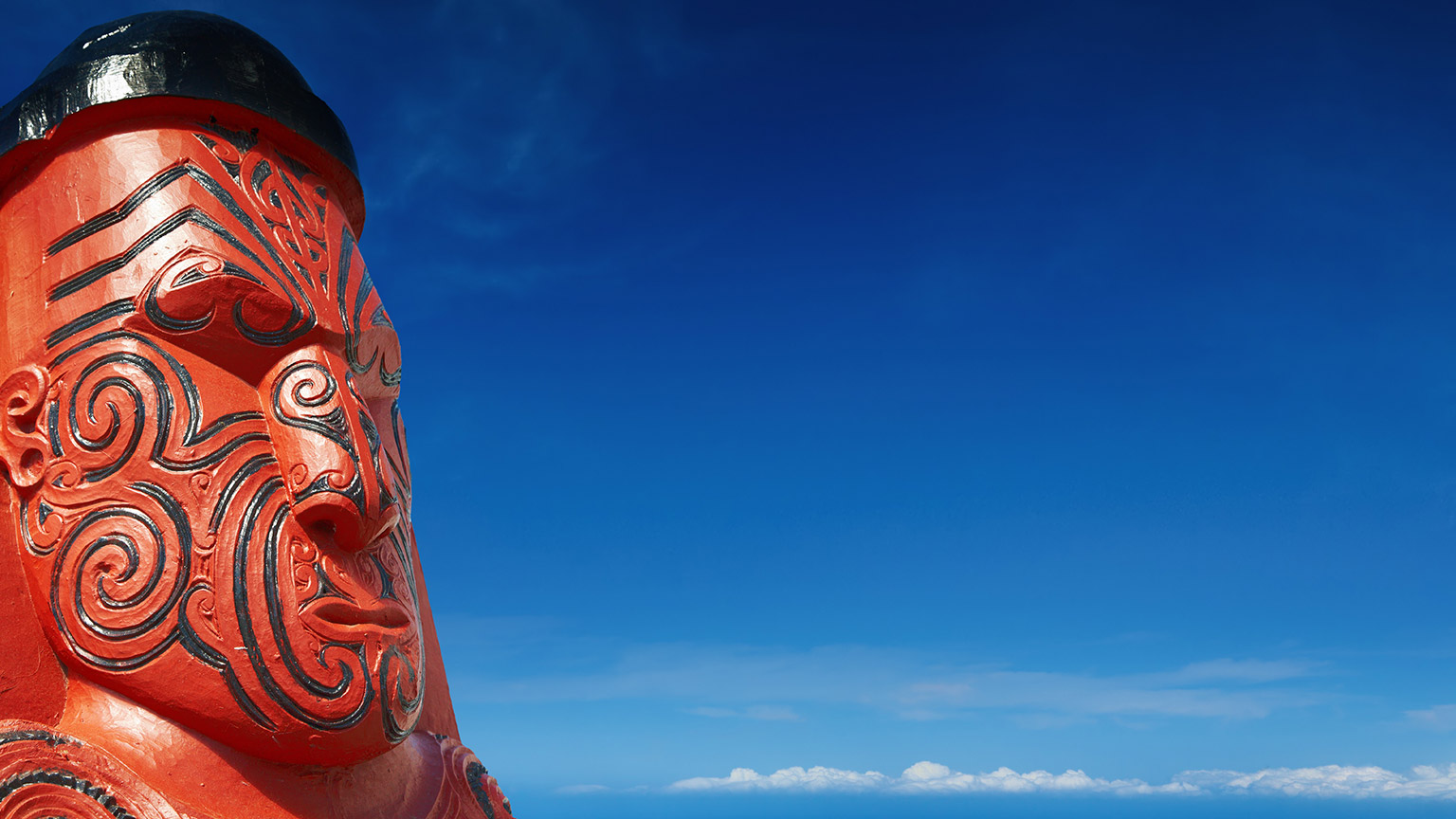In previous courses we have looked at aspects of tikanga Māori and ways of incorporating it into ECE practice. In this course we will examine the benefits for Māori and non-Māori children of exposure to tikanga Māori practices for their education and wellbeing, as well as the benefits for the community and society in general.
According to E Tū Whānau, tikanga is the “rules, customs and rituals that keep whānau safe from harm, both physical and spiritual” and it “provides a reference point for behaviours, customs and practices from the past” (Tikanga - E Tū Whānau - Values for Strong, Connected Whānau, 2023).
Activity
- What do you think are the benefits of incorporating aspects of tikanga Māori into ECE practice in Aotearoa New Zealand? Consider the benefits for both Māori and non-Māori learners, and also the benefits for the community and the wider society.
Post your thoughts on this to the forum, then read what your classmates say. Respond to at least two of your classmates’ posts. - Now research further and explain in detail the importance and benefits of different aspects based on key points you or your classmates noted in the discussion forum, and on your further research. You will use this information in assessment 04A1 task 1
- What are your own personal experiences of the use of tikanga Māori and te reo Māori in ECE practice? Look at the assessment instructions for assessment 04A1 task 2 and task 3 and make notes in preparation for this assessment submission.
Share your thoughts to the forum: The benefits of incorporating tikanga Māori into ECE practice.
Incorporating Tikanga Māori into ECE practice allows for the preservation and revitalization of Māori cultural identity. By embracing and valuing Māori language, customs, and traditions, ECE centres contribute to the cultural well-being of Māori children, their whānau (families), and the wider community. This inclusion fosters a sense of belonging, pride, and identity for Māori children, promoting positive self-esteem and cultural confidence
Research suggests that incorporating Tikanga Māori into ECE practice can positively impact educational outcomes for all children. The principles of Tikanga Māori, such as whanaungatanga (relationships) and manaakitanga (caring for others), promote a holistic approach to education. By integrating these principles, ECE practitioners can create inclusive and culturally responsive learning environments that benefit children from diverse backgrounds.
Tikanga Māori emphasises the importance of nurturing strong social and emotional connections within a community. Incorporating these aspects into ECE practice provides opportunities for children to develop empathy, respect, and a sense of responsibility towards others. Additionally, the use of tikanga-based rituals, such as karakia and waiata, helps children build social cohesion and develop a sense of mana and tapu within their learning environment.
Incorporating Tikanga Māori into ECE practice supports the development of cultural competence and respect among educators and children alike. By engaging with Māori culture and language, educators deepen their understanding of the holistic worldview of Māori and their whānau. This knowledge enables practitioners to adapt teaching practices to meet the needs of Māori children and create inclusive learning experiences that reflect their cultural values. (Note: we will look at cultural competence in more detail later on.)
Incorporating aspects of tikanga Māori aligns with the principles of te Tiriti o Waitangi | the Treaty of Waitangi. The Treaty recognises the importance of partnership, participation, and protection of Māori rights. By integrating tikanga Māori, ECE services can establish genuine partnerships with whānau, iwi, and Māori communities. This collaboration ensures that Māori perspectives are authentically represented in curriculum design, teaching strategies, and decision-making processes.
You’ve reached the end of this topic. Let’s go over the key points:
- Incorporating te ao Māori, te reo Māori and tikanga Māori into everyday ECE practice.
- Links of these aspects to te Whāriki and te Tiriti o Waitangi | the Treaty of Waitangi
- Creating resources to implement te reo Māori into the classroom
